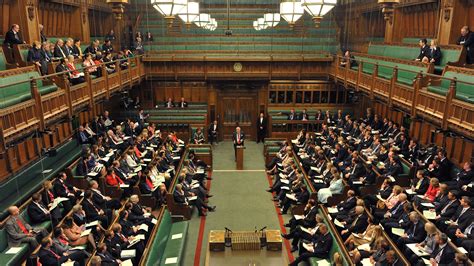The Australian political landscape is buzzing with discussions surrounding the future of smelters and their transition towards green energy solutions. The Albanese government recently made waves by announcing a groundbreaking initiative that could potentially reshape the country’s aluminium production sector.
“Smelters will close and cost many jobs without their newly announced aluminium production incentive,”
warned Anthony Albanese, the Prime Minister, emphasizing the critical role this funding would play in ensuring the sustainability of smelting operations across Australia. This move comes at a time when there is increasing pressure on industries to reduce their carbon footprint and embrace eco-friendly practices.
The $2 billion federal funding injection aims to incentivize power-intensive aluminium producers to make the switch to renewable energy sources by 2036. This bold step has garnered mixed reactions, with opposition leader Peter Dutton criticizing the initiative as a “con job” and questioning its feasibility in achieving a clean energy transition.
Expert Insights:
Renowned industry players such as Rio Tinto have hailed the government’s decision, viewing it as a pivotal moment in fortifying the future of Australian smelting operations. Kellie Parker, CEO of Rio Tinto, expressed optimism about how this initiative would not only secure jobs but also bolster the long-term viability of Queensland’s smelting industry.
Aluminium smelting is known for its high energy consumption, making it imperative for companies to explore sustainable alternatives. The push towards green technologies reflects a global shift towards environmentally conscious practices within industrial sectors.
Analyzing Energy Consumption:
Recent data revealed that several key smelters and refineries on Australia’s east coast collectively accounted for approximately 10% of the region’s energy grid usage. This highlights the significant impact that these facilities have on national energy consumption patterns and underscores the urgency for transitioning to cleaner sources of power.
As stakeholders navigate this transformative period in the aluminium industry, discussions are rife about potential challenges and opportunities associated with embracing renewable energy solutions. The quest for sustainability is reshaping traditional manufacturing paradigms and paving the way for innovative approaches to resource utilization.
The Opposition Stance:
While supporters laud the government’s forward-thinking approach, critics like Peter Dutton raise valid concerns about practicality and economic implications. Dutton advocates for nuclear power as a more viable alternative, citing concerns about escalating power prices and reliability issues associated with solely relying on renewables firmed by gas.
The debate between proponents of renewable energy initiatives versus those favoring nuclear power underscores broader philosophical differences regarding Australia’s future energy landscape. These divergent viewpoints illuminate contrasting visions for achieving environmental sustainability while balancing economic considerations.
Looking Ahead:
Amidst these debates and policy developments, Australian smelters are gearing up for significant transformations in their operations. Initiatives such as Tomago Aluminium’s commitment to transitioning towards 100% renewable energy signify a growing momentum towards greener practices within the industry.
In conclusion, as Australia charts its course towards sustainable industrial practices, navigating complex trade-offs between environmental responsibility and economic viability will be paramount. The journey towards greener aluminium production heralds a new chapter in shaping Australia’s industrial identity while grappling with pressing global climate imperatives.









Leave feedback about this